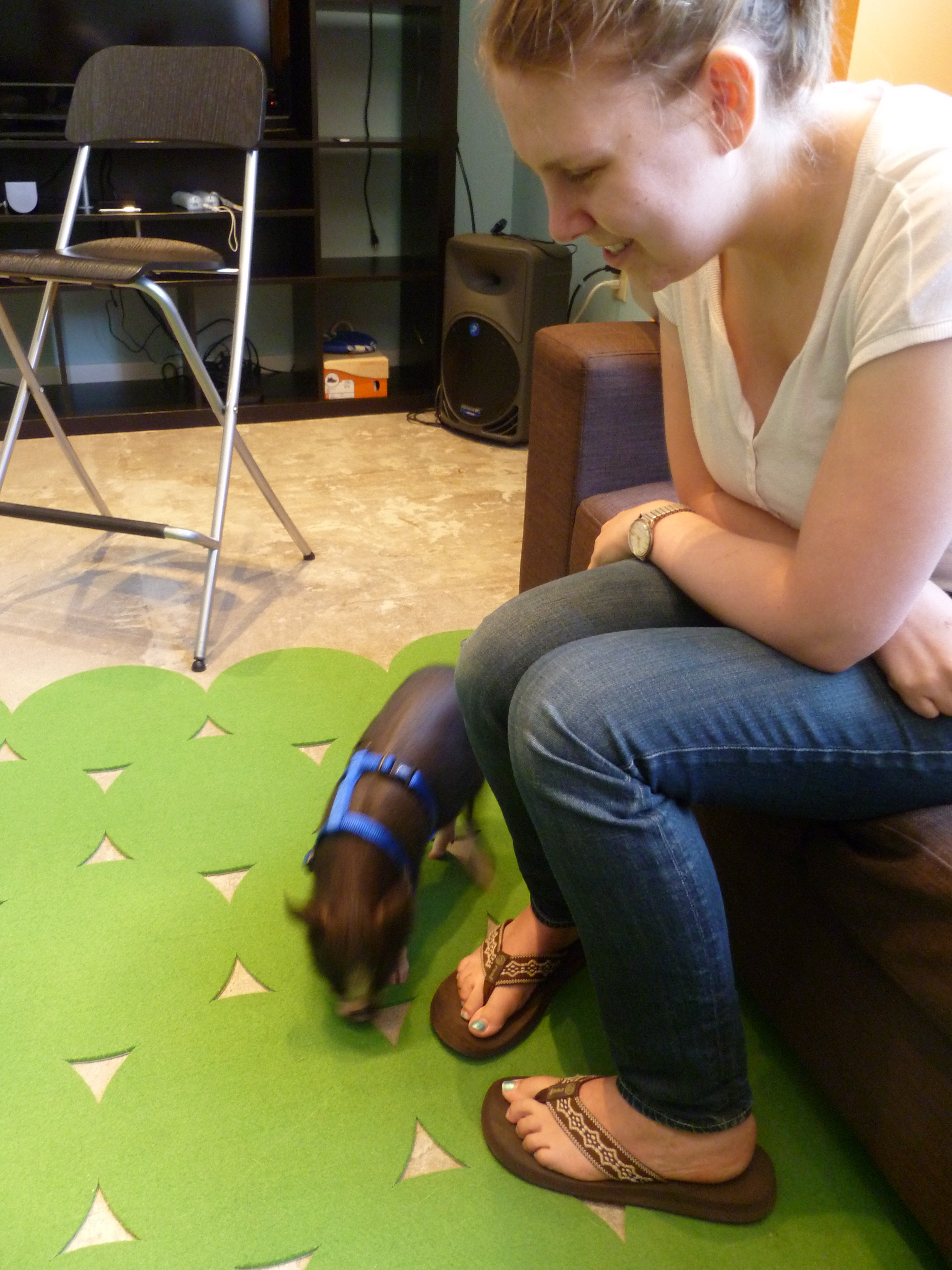Tags
"summer"
Defense Mechanisms of a City Under Water Siege, McGill Lawrence Internship Award, Suhai Yehuza

While parts of the country battle wild summer fires and far lands such as the Darfur region and Southwestern China make headlines in the news for want of water, one city is doing everything it can to rid itself of this important element of classical thought. This summer I am in New Orleans. And I must admit I was in part lured to this Southern princess by five star reviews of its rich culture and cuisine by Dana Lawson. After exploring as much of the city as I could during my arrival weekend, I turned my back on bustling Bourbon street, buckled my work boots, rolled up my sleeves, and began toiling under the sweltering sun with a team of other volunteers to fight water in this city. I am interning with Groundwork New Orleans, an environmental non-profit organization, this summer to lead a group of volunteers to construct rain gardens in the lower ninth ward of the city to minimize the risk of future flooding.
The start of the project had been delayed by a week pending paper work from the New Orleans’ Redevelopment Authority and the city’s Water and Sewage Board. So I spent my first week helping working with Global Green USA, a sister organization of Groundwork with a similar project on Andry Street. This gave me the first idea of the construction challenges I would be facing in the proceeding weeks. After two weeks of teasing grey clouds masking the resilient furnace of the sun, the clouds finally showed some potency by spewing down the long overdue rains. There were sighs of relief on the sweating faces digging the rain garden with shovels.
Continue reading Defense Mechanisms of a City Under Water Siege, McGill Lawrence Internship Award, Suhai Yehuza
Off Quad Rule: Part 2

Tapas
The protein curve, calibration curve, and initial lymphocyte concentration results from last week came back and were excellent, or “acceptable” in research terms. A little more explanation (sans math, I won’t bore you): The protein curve is a plot that measures the concentration of protein loaded into a well of the plate vs. the optical density associated with it. This is determined by incubating the loaded well plates using a dye reagent, which will produce a distinct pigmentation for each protein concentration in the individual wells. Using colorimetry, protein concentration can be quantified by detecting differences in tint and give results based on a specific wavelength. The same goes for the calibration curve, however the purpose for this is to make sure the ELISA Assay kit works, and to make sure the person operating it knows how to properly use it. The initial lymphocyte concentration results are done to get an estimate of the typical concentration of lymphocytes in the blood samples, this is run in tandem – so to say – with the protein curve. This determines the lymphocyte concentrations relative to the known quantities, and depending on the dilution factors (10x and 100x in this case), also gives suggestions about whether or not to dilute samples. That was quite filling; I hope you’re still a little peckish after all that.
Paella y Sangria
Continue reading Off Quad Rule: Part 2
Rebecca Richman, Commerce Kitchen

There's a pig!
As always, Commerce Kitchen has been a blast!
We’ve learned a lot throughout the internship. We had our fist project taken away because it started getting out of the scope of things in intern can do. What started as linkbait turned into a campaign and the subsequently turned uncontrollable. For us interns at least. We were still able to launch an entire linkbait project despite all the time that campaign took up.
This was a super exciting process. It was challenging, as it was very hands off, but very rewarding. We researched Seattle Mortgage Planners, their audience and the best way to reach out to them. We settled on an infographic about biking in Seattle. If you want, you can check it out here! (http://www.seattlemortgageplanners.com/2013/08/biking-in-seattle/)
Continue reading Rebecca Richman, Commerce Kitchen

